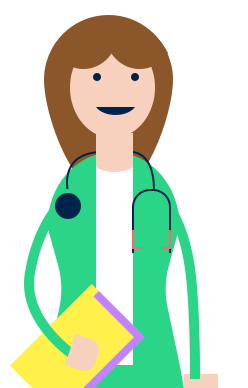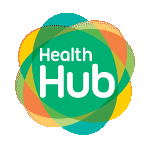Colchicine is used for the treatment and prevention of gout flares. Learn how to use the medication, its common side effects, special precautions to watch out for, and more.
What is this medication for?
Colchicine is used for the treatment and prevention of gout flares.
Gout is a condition that can cause pain and swelling in the joints. Gout happens when there is too much uric acid in the blood. Uric acid is a chemical that is produced when the body breaks down certain foods.
How should I take or use this medication?
- Take this medication once you get the symptoms of a gout flare.
- Follow your doctor’s instructions on the dosing if you are advised to take it regularly to prevent gout flares.
- Colchicine can be taken with or after food.
- Do not take more doses than what your doctor recommends.
What should I do if I forget to take or use this medication?
If you are told by your doctor to take colchicine regularly and have forgotten to take a dose, take it as soon as you remember. Then take your next dose at the usual time. Do not take two doses to make up for the missed dose.
What precautions should I take when taking or using this medication?
Inform your healthcare professional if:
- You are allergic to this medication or any of the other ingredients of this medication
- You have a history of
- Liver condition
- Kidney condition
- Blood disorder
- You are pregnant, planning to become pregnant, or breastfeeding
- You are taking any other medications, including supplements, traditional medications and herbal remedies.
What are some common side effects of this medication?
- Stomach pain or cramp
- Loose stools or diarrhoea
- Stop the medication if diarrhoea worsens
- Nausea or vomiting
- Take the medication with or after food to reduce nausea
What are some rare but serious side-effects that I need to seek medical advice immediately?
The symptoms of a drug allergy include one or more of the following:
- Swollen face/eyes/lips/tongue
- Difficulty in breathing
- Itchy skin rashes over your whole body
Some rare but serious side effects of this medicine include:
- Tingling or numbness in your fingers or toes
- Unusual bleeding or bruises
- Unexplained muscle pain or weakness
- Dark-colored urine
If you experience any of these symptoms, you should stop your medication and see your healthcare professional immediately.
What food or medication should I avoid when I take or use this medication?
Avoid taking grapefruit or grapefruit juice while you are taking Colchicine as grapefruit may interact with Colchicine and increase the risk of side-effects.
Certain cholesterol-lowering, antibiotics, anti-viral and hepatitis medications may interact with Colchicine and increase the risk of side-effects.
Check with your healthcare professionals if you are taking any of the above medication.
How should I store this medication?
Store in a cool and dry place, away from direct sunlight. Keep this medication away from children.
How do I throw away this medication safely?
Pack this medication into a black trash bag and seal it tightly before throwing into the rubbish chute or bin.
Disclaimer
Please take note that the above is not a complete list of all possible side effects. If you have any concerns about your medication or if you have other side effects that you think are caused by this medication, please consult your doctor or pharmacist.
If you take more than the recommended dose, please seek medical advice immediately. The information provided on this page does not replace information from your healthcare professional. Please consult your healthcare professional for more information.
This article is jointly developed by members of the National Medication Information workgroup. The workgroup consists of cluster partners (National Healthcare Group, National University Health System and SingHealth), community pharmacies (Guardian, Unity and Watsons) and Pharmaceutical Society of Singapore. The content does not reflect drug availability and supply information in pharmacies and healthcare institutions. You are advised to check with the respective institutions for such information.
Last updated on March 2025

HealthHub AI















